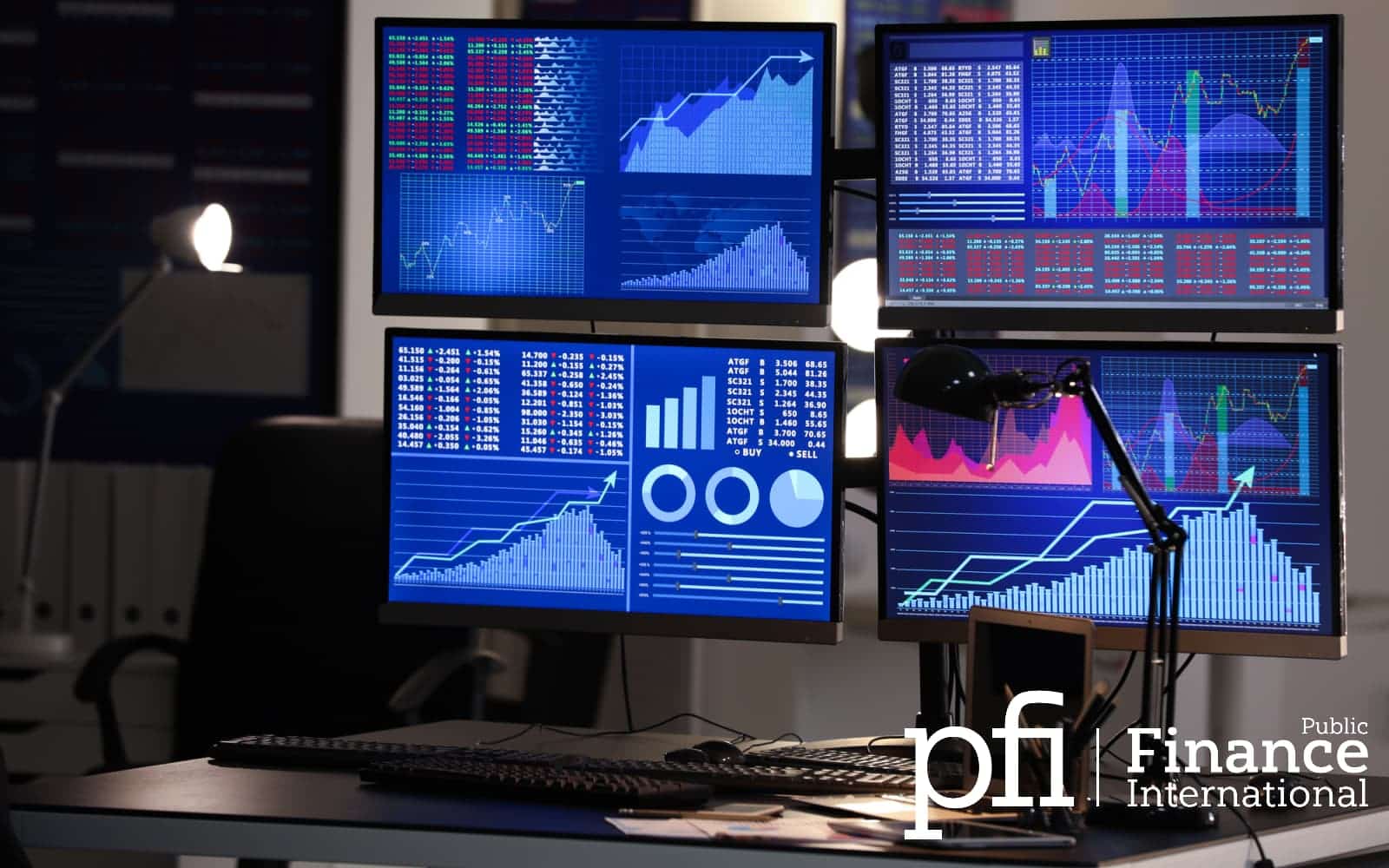A Tactical Hybrid Order Router (THOR) is an electronic trading platform that helps institutional investors manage their securities orders to dodge specific strategies. This article will explore everything you need to know about THOR, from its foundation to the process.

THOR Overview
Here is a quick overview of THOR
| Created By: | Allen Zhang |
| Software: | Trading Platform |
| Industry: | Financial Services |
| Services: | Trade Securities, Tactics used in High-Frequency Trading |
Foundation
Tactical Hybrid Order Router was developed by Allen Zhang, who saw the need for a platform that could manage securities orders and dodge certain tactics used by high-frequency traders. While working for the Royal Bank of Canada, he was part of a team led by Brad Katsuyama. The platform has become a leading choice for institutional investors and traders who rely on its speed, reliability, and accuracy.
The Process
The platform was designed to help institutional investors manage their securities orders to avoid getting taken advantage of by specific tactics. THOR does this by routing orders through multiple exchanges and providing other services such as real-time market data and order execution.
One of the main advantages of using THOR is that it can help you avoid getting hit with specific fees and penalties. For example, if you place an order for a stock that is not trading on the exchange where you placed your order, you may be charged a higher fee. However, you can avoid this fee using THOR to route your order through multiple exchanges.
The THOR software's objective was to slow down the broker's order so that it would arrive at all exchanges simultaneously.
What is a Trading Platform and High-Frequency Trading?
Trading platforms and high-frequency trading are two terms you’ve likely heard thrown around a lot in the financial world and in this article. But what do they mean?
In short, trading platforms are the tools you use to buy and sell stocks, and high-frequency trading is a technique used by some traders to gain an edge over their competitors. While there’s no doubt that these concepts can be confusing, the following will break them down so that you have a better understanding of how they work.
Trading platform
A trading platform is an electronic system that allows investors and traders to buy and sell securities, such as stocks and options, through an exchange. Trading platforms provide a marketplace where buyers and sellers can meet and negotiate the terms of a trade.
A good trading platform must be able to handle the high volume of transactions that take place on exchanges. It must also be able to match buyers with sellers and provide accurate pricing information quickly.
High-Frequency Trading
High-frequency trading (HFT) is a type of algorithmic trading characterized by high speeds, high turnover rates, and high order-to-trade ratios that leverage technology to execute large numbers of orders at very fast speeds. HFT firms make up a significant percentage of all market participants and account for a large proportion of trading volume.
Many firms specialize in HFT. Some of the largest and most well-known HFT firms include Two Sigma Securities, Virtu Financial, and Citadel LLC. HFT firms use a variety of techniques to execute their trades. These include order types that utilize sophisticated algorithms and high-speed connections to exchanges.
Critics of HFT argue that the practice can be disruptive and destabilizing to the markets. They say that HFT makes it difficult for traditional investors to compete and contributes to market volatility. Some also argue that HFT is nothing more than gambling and that the risks are not worth the potential rewards.